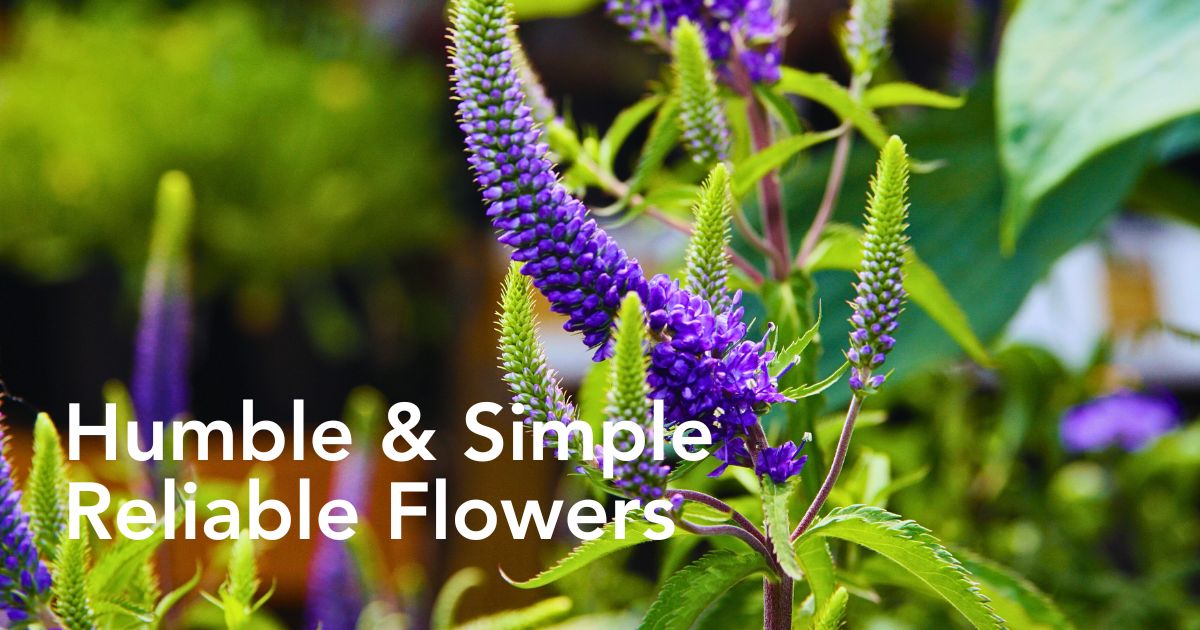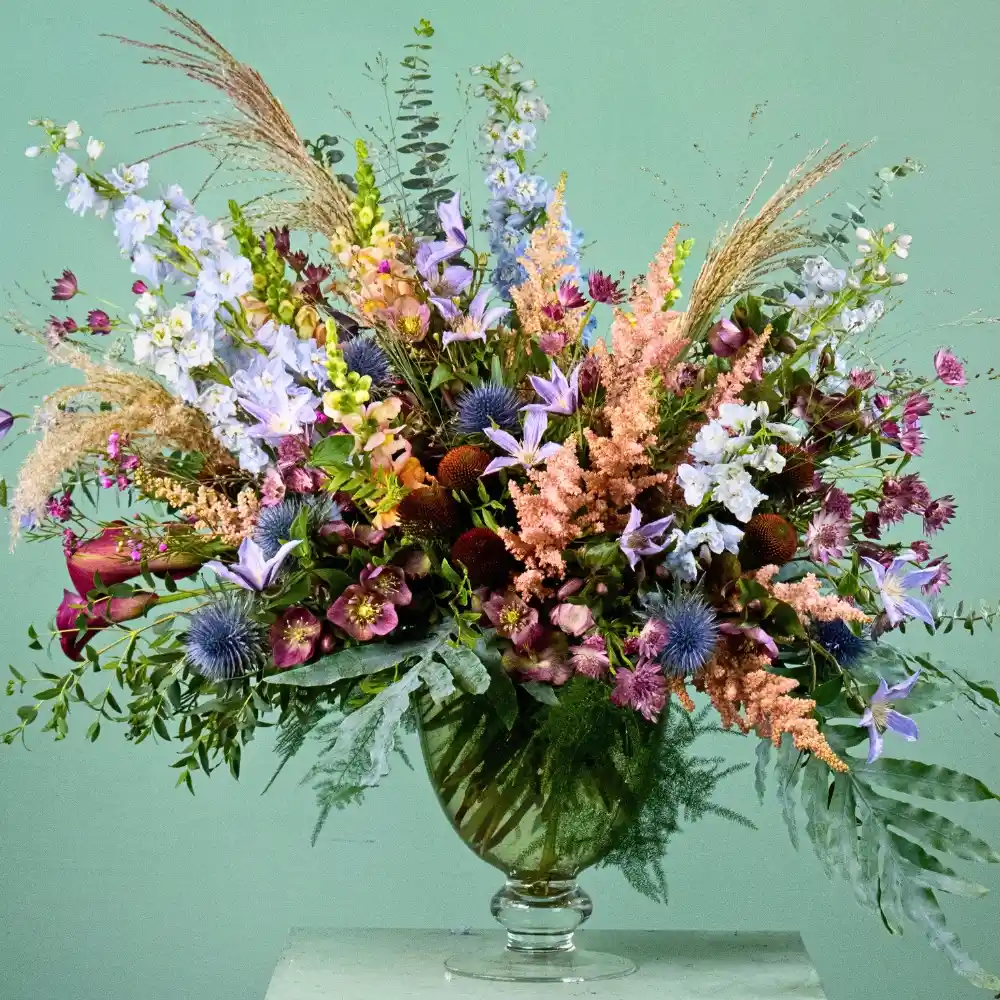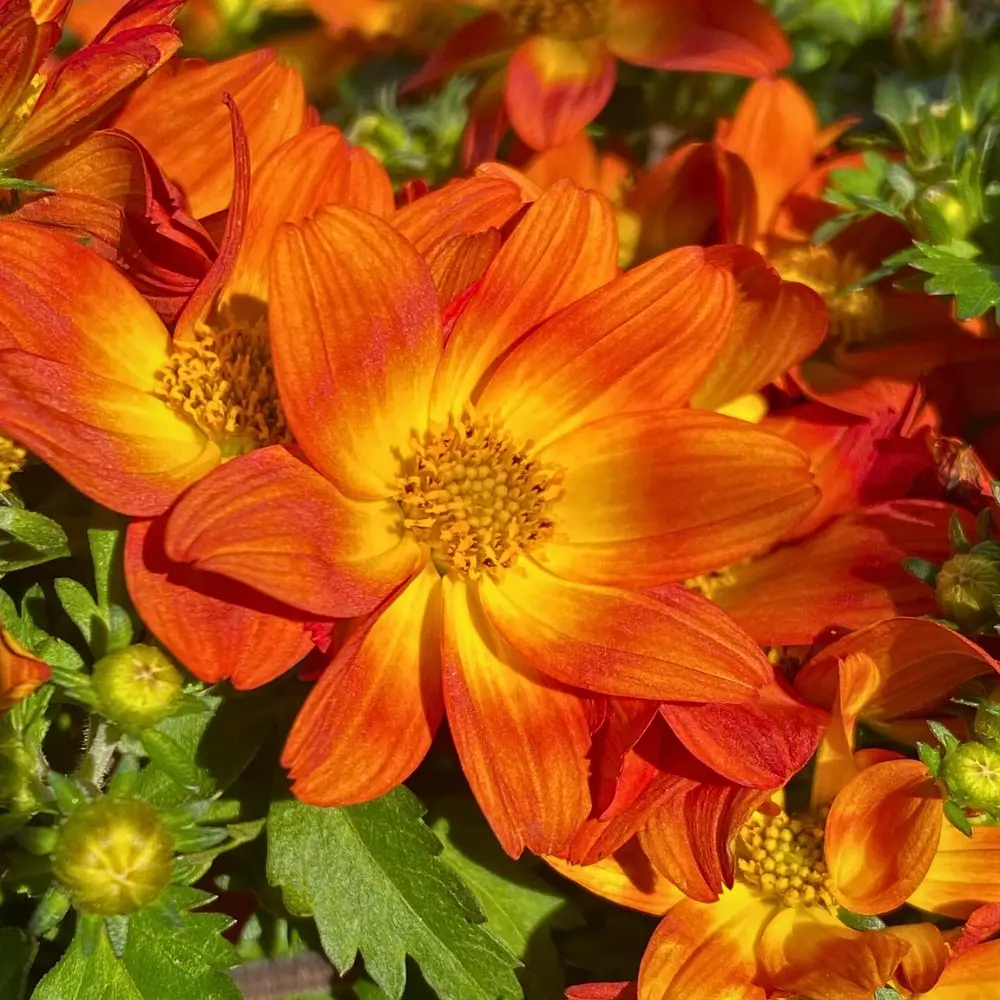You know that friend who shows up consistently, never asks for much, and somehow makes everything better just by being there? That's precisely what Veronica flowers are to the floral world. While some other perennials demand constant attention and hardly perform well when conditions are not perfect, the humble Veronica, also called the speedwell flower, quietly goes about its business, often producing elegant spikes of florets year after year with the kind of reliability that makes growers breathe a little easier. You've probably walked past them hundreds of times without realizing it. That’s how unpretentious they are!
But then again, you can always spot them: needle-like spires that catch your eye, densely packed with tiny blossoms in dreamy shades of blue, purple, pink, or white. That's the aura of speedwell varieties. Perhaps that's also why they have quite a following among those who have already discovered them. If one were to want them in their outdoor designs. Or to adorn their cottage gardens. Or as accents in their formal landscapes, then, these perennials exemplify the perfect marriage of aesthetics and pliability. And there’s still more to them…
Veronica Flowers’ Botanical Origins and Classification
The Veronica flower belongs to the Plantaginaceae family, a classification that underwent significant revision in the early twenty-first century when the genus was reclassified from its former placement in the Scrophulariaceae family. This botanical lineage is the largest genus within the Plantaginaceae family, encompassing approximately 500 distinct species. While their roots are in European and Western Asia soil, these adaptable perennials have since found homes across temperate regions, spanning continents and climates.

The scientific name of the Veronica speedwell flower has historical significance, with the genus name chosen by Carl Linnaeus based on pre-existing common usage throughout European languages. This nomenclatural decision echoes the cultural integration of these plants into European society, where they had been recognized and valued long before formal botanical classification systems emerged. The most widely cultivated species include Veronica officinalis, commonly known as heath speedwell or common speedwell, and Veronica spicata, the spiked speedwell. Both are important in modern designs and perennial gardening.
Veronica’s very name carries meaning and history, derived from the Greek words ‘phero’ meaning ‘I bring’ and ‘nike’ signifying ‘victory,’ though some scholars suggest a connection to ‘beronlike,’ meaning ‘faithful likeness.’ This etymology hints at their nature and reliable presence in gardens every other season. The extensive diversity within the Veronica genus means millions of years of evolutionary adaptation, resulting in a range of forms, from low-growing groundcovers to towering architectural specimens that can reach impressive heights.
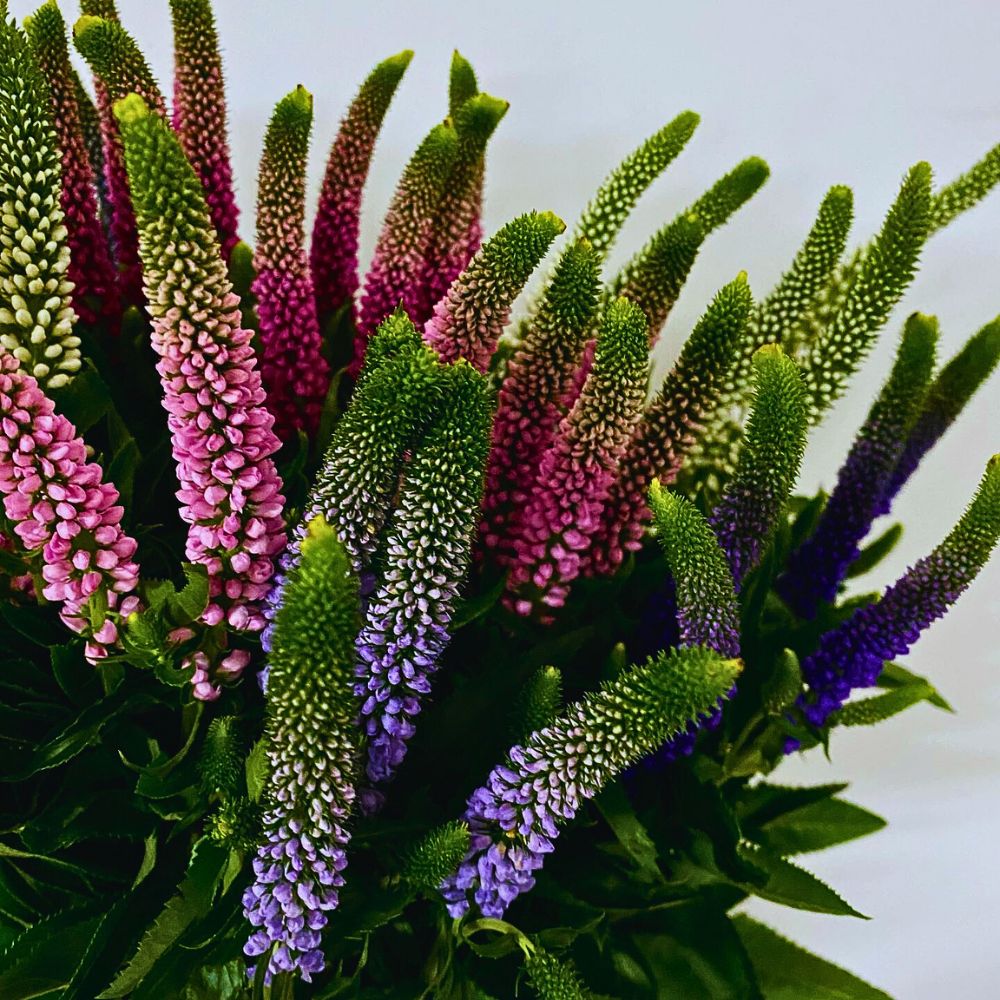
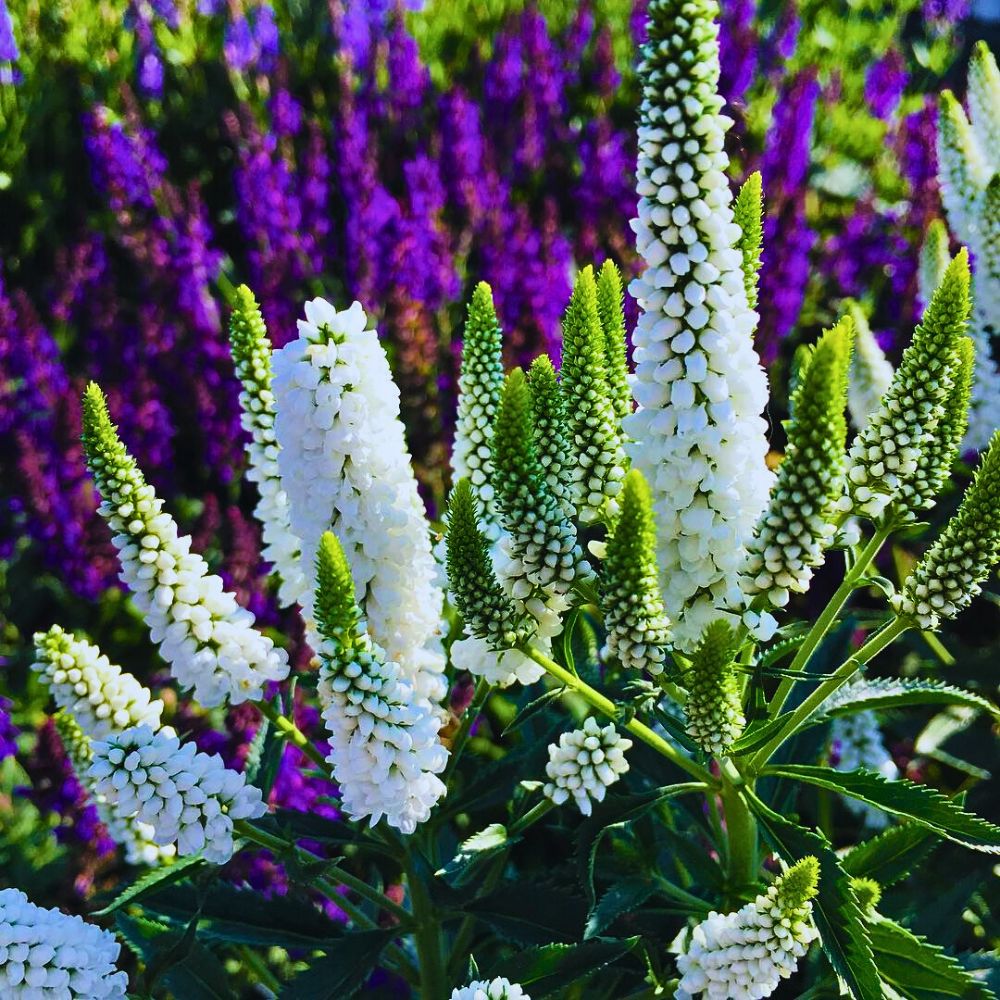
Veronica’s Physical Beauty in Delicate Detail
Veronicas present themselves with a refined beauty that never overwhelms the garden composition. The foliage typically appears in neat, often serrated leaves that form attractive mounds of green, providing excellent structure even when the plants are not in flower. Their true element, however, comes when the flowering spikes emerge, creating vertical accents that can range from just a few inches to several feet in height, depending on the species and cultivar chosen.
The flowers themselves are small and have an architectural appearance. Each has four petals that form a slightly irregular shape, often with prominent stamens that extend beyond the petals. These individual flowers cluster together along sturdy stems, creating the characteristic spikes that give many species their ornamental value. The color palette of Veronica spans from the deepest royal purples and rich blues to soft lavenders, pristine whites, and occasionally gentle pinks. Each hue carries its subtle emotional resonance.
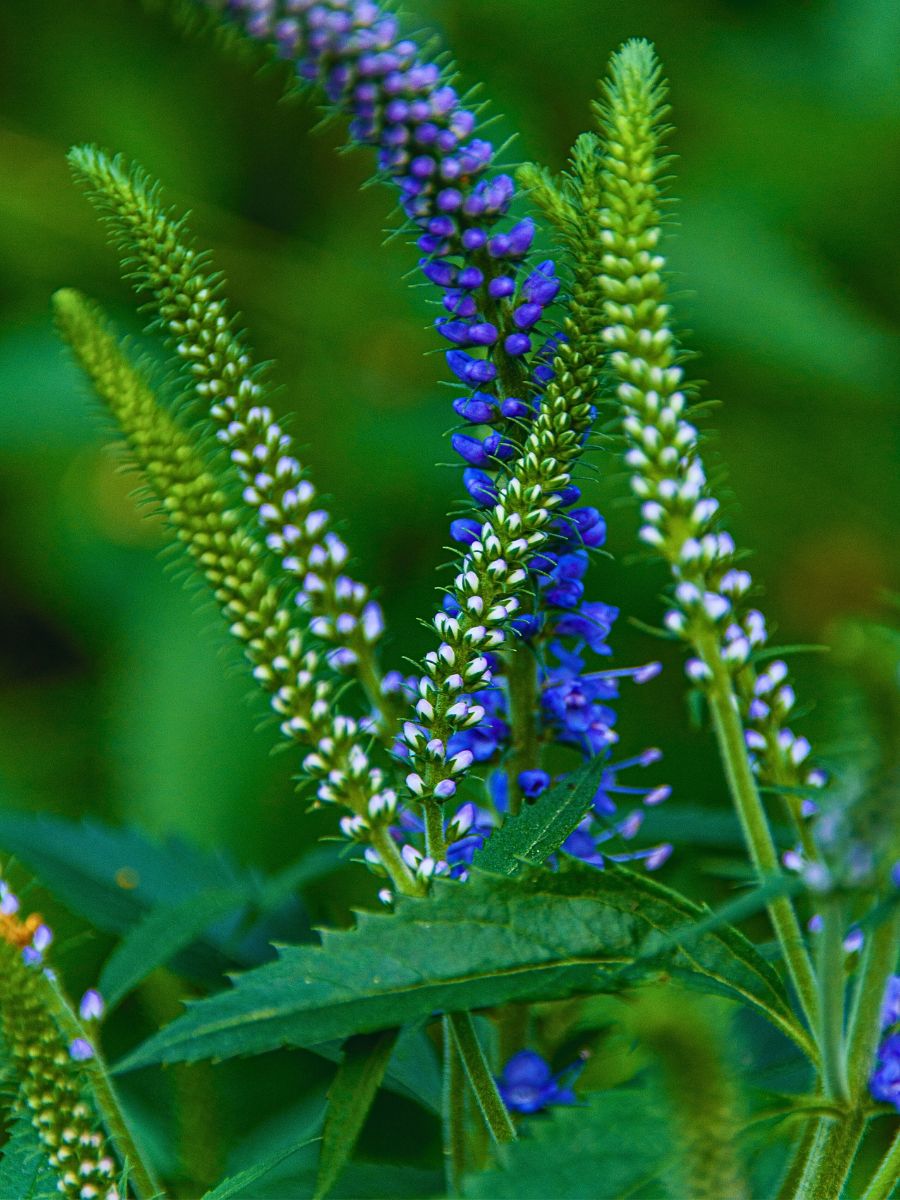
What’s in the Name: Veronica Steeped in Symbolism and Sacred Tradition?
Veronica’s common name, speedwell, carries folklore anecdotes. Traditional belief held that these plants would speed travelers on their journeys. Wearing them in one’s buttonhole would ‘speed you well’ on a journey, offering protection and good fortune to those who carried them or encountered them along woodland paths. This links to the plant’s traditional use as a good-luck charm and healing herb, particularly to speed recovery.
The symbolism makes it ideal for farewell and good wishes, though paradoxically, it also signifies the constancy of those who remain faithful during times of separation. Another interpretation connects the name to the flower's use in farewell bouquets, where the fast wilting of picked flowers paralleled the swiftness of human partings. Yet, another tradition holds that the bright blue flowers acted as encouraging landmarks for travelers along rural roads, literally helping them ‘speed well’ on their journeys.
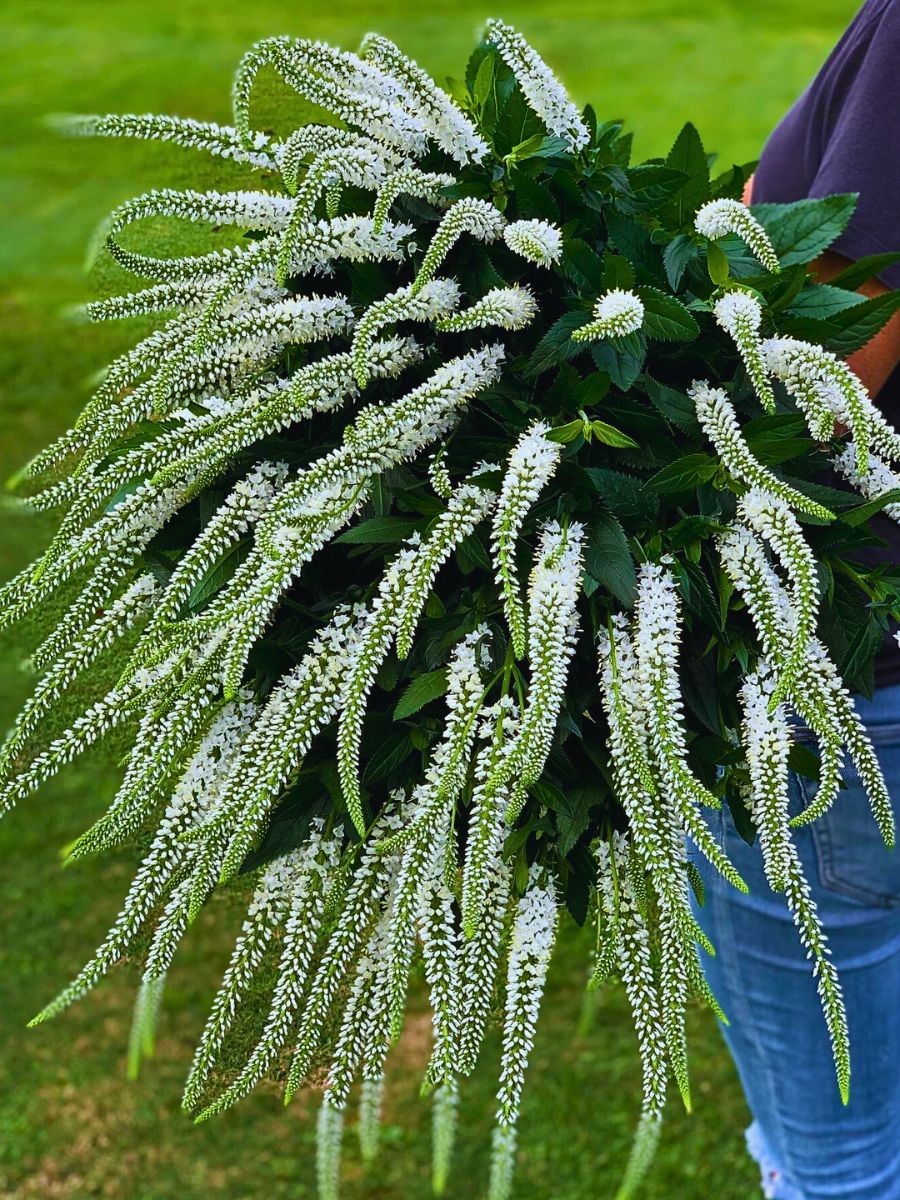
The connection between this humble garden plant and Saint Veronica of Christian tradition offers a spiritual angle. According to legend, Saint Veronica offered her veil to Christ during his journey to Calvary—an act of compassion that left an imprint of his face upon the veil—hence Vera Icon, the Veil of Veronica. This explains Veronica's spiritual connotation as it derives from the Latin words 'vera' meaning true and 'icon' meaning image, thus 'True Image.'
The flower is, therefore, often referred to as presenting ‘the eyes of Jesus,’ an overtone that gives it symbolic meanings of loyalty, kindness, devotion, and protective qualities. In the Victorian language of flowers, Veronica came to represent female fidelity and faithful friendship, which made it meaningful in gardens designed with symbolic intent.
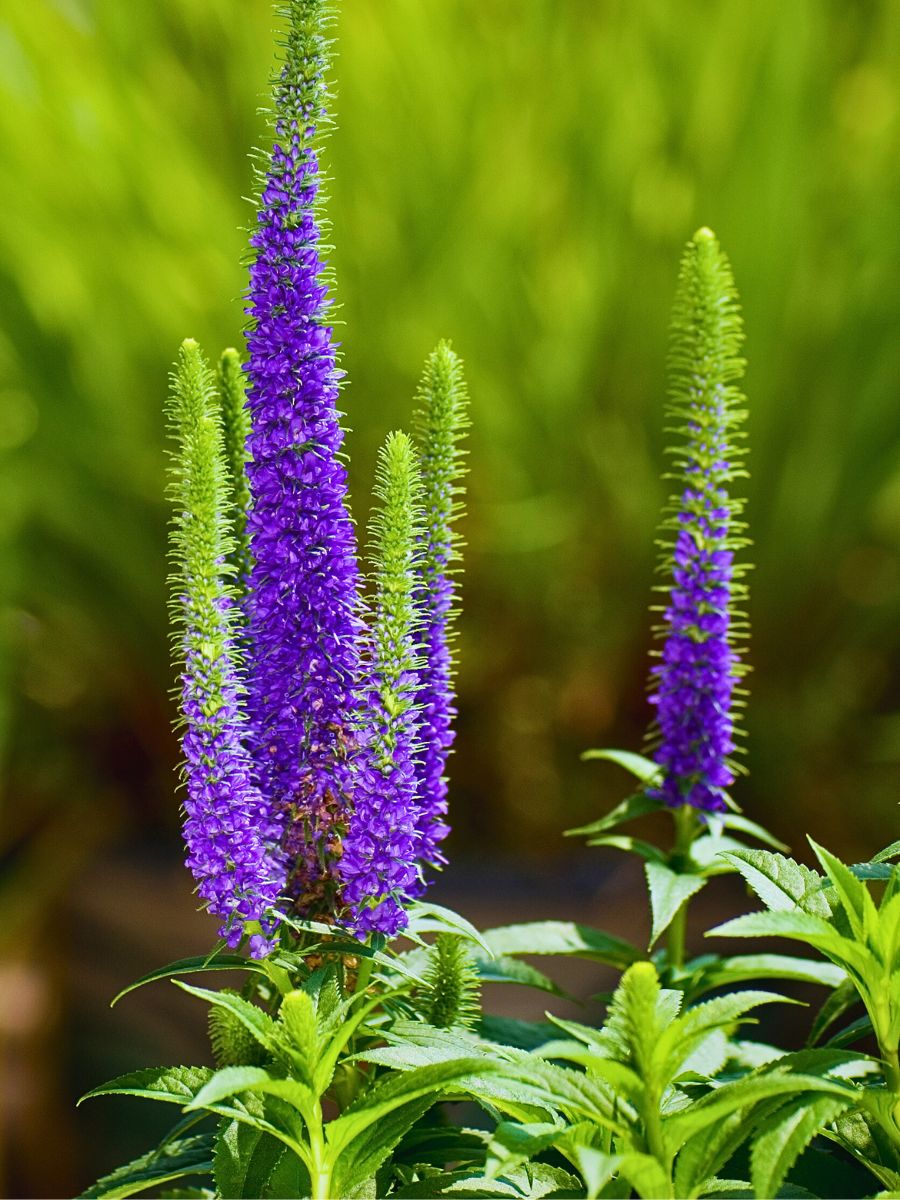
Speedwell’s Color Variations and Cultivars
The white Veronica flower is one of the most elegant expressions of this genus, offering pure, pristine spires that possess luminous beauty. The white Veronica variety reveals the refined elegance possible in these cultivars, producing long, narrow spikes of pure white flowers that blossom reliably from midsummer into late summer.
These white Veronicas prove particularly valuable in moon gardens, evening displays, and refined color schemes where their neutral presence allows other colors to shine while providing essential vertical structure. White Veronica flowers offer beautiful partnerships to more intensely colored perennials, acting as passive transitions between stronger hues or elegant punctuations in monochromatic schemes.
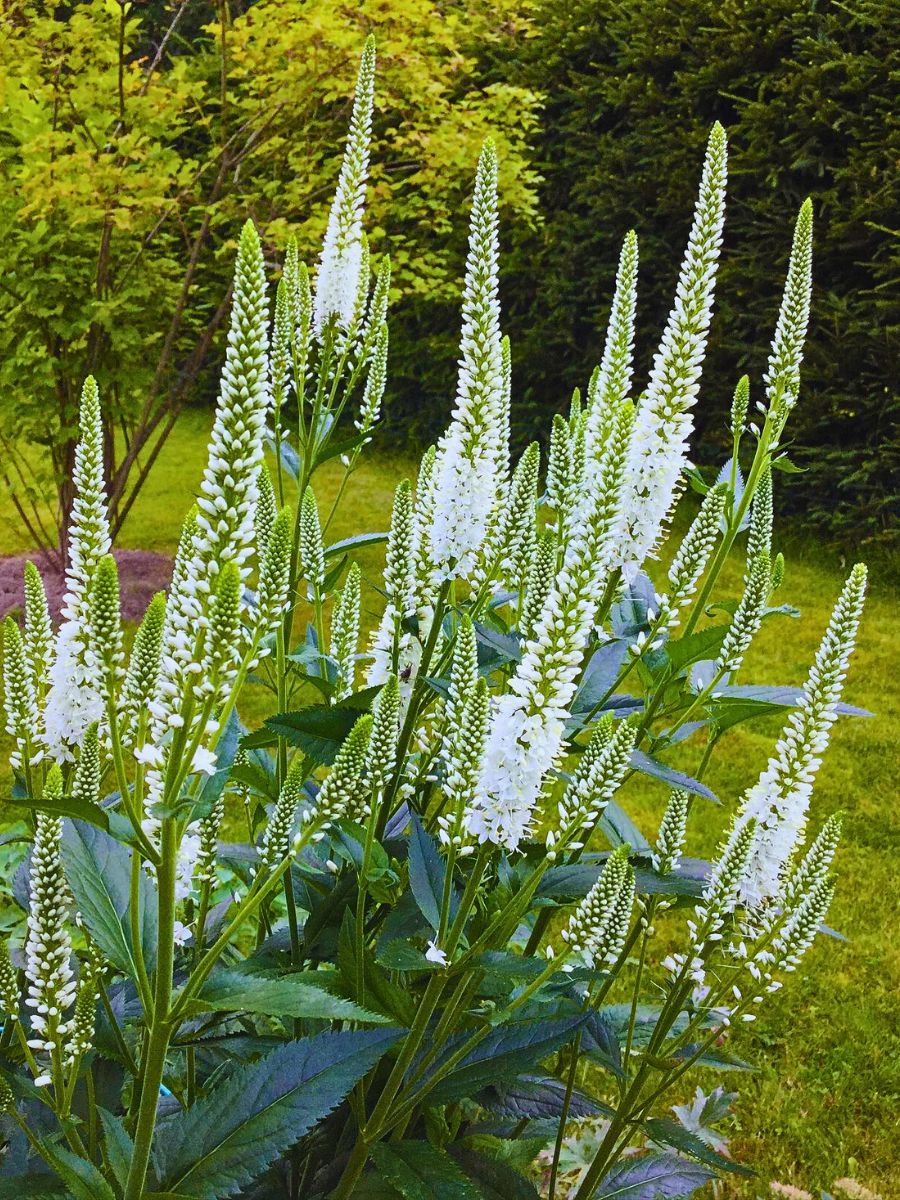
Purple and blue Veronica varieties encompass the traditional colors most associated with speedwell, ranging from pale lavender tones to deep indigo hues that rival the intensity of the finest sapphires. Classic varieties offer intense gentian blue flowers that create stunning displays in early summer, while others provide consistent deep violet-blue coloration throughout an extended flowering period. These flowers in blue and purple often act as the spine of perennial borders, providing reliable color and vertical interest that complements a wide range of companion plantings.
Pink Veronica, on the other hand, brings a softer, more romantic presence to settings, with varieties ranging from subtle blush tones to more saturated rose-pink shades. These show the range possible within the pink spectrum, presenting options for both delicate pastel schemes and more dramatically colored compositions. In gardening, these varieties often prove particularly effective in cottage garden settings and romantic landscape designs where their gentle shade enhances the sense of charm and intimacy.
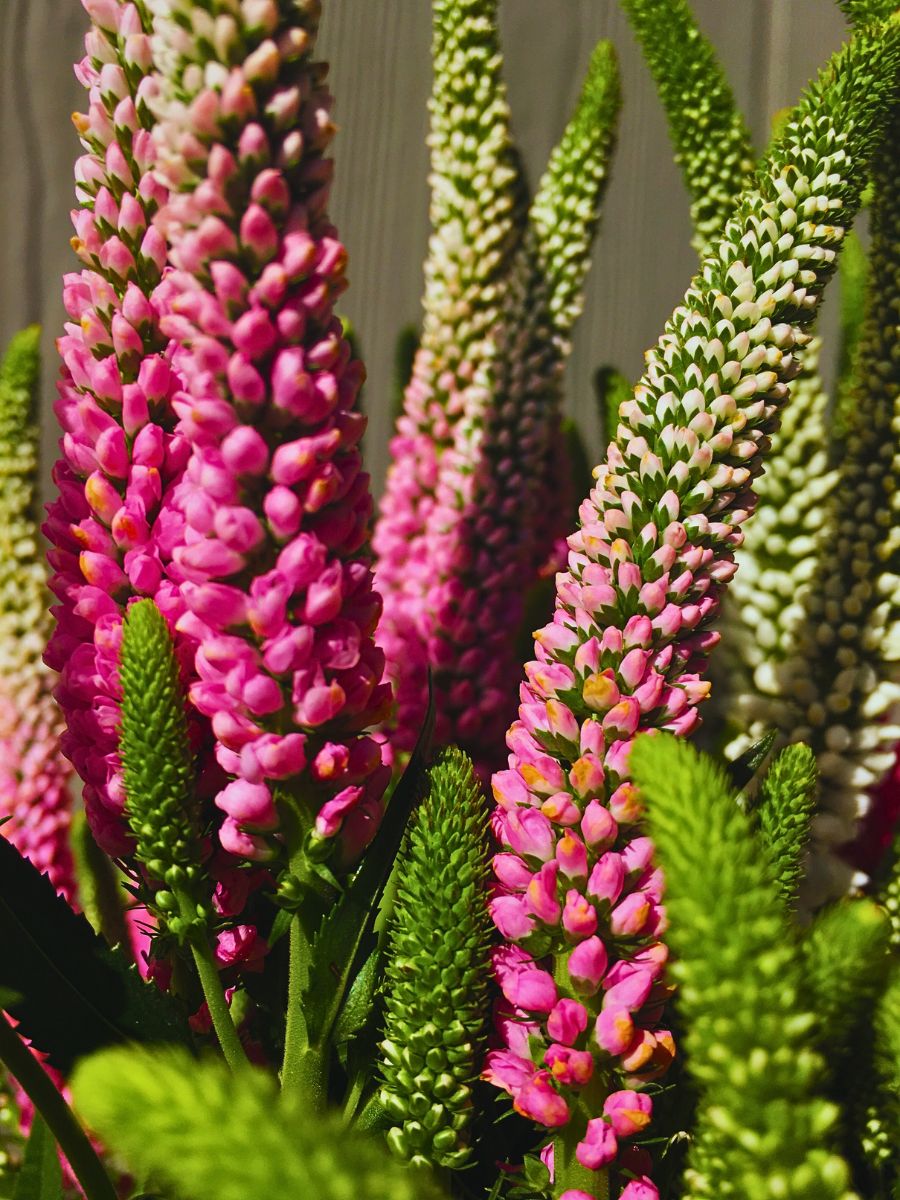
Veronica’s Geographic Distribution and Natural Habitat
Though native to Europe and western Asia, the Veronica perennial plant's species have adapted by naturalizing across diverse climatic zones, where they now thrive in conditions ranging from cold northern regions to temperate areas. Their natural habitat preferences reveal their evolutionary origins in deciduous forests, where they flourish in siliceous soils and humid mountain meadows, particularly in regions like the Pyrenees. This explains their exceptional tolerance for varying moisture conditions and ability to thrive in both woodland areas and more exposed positions.
The successful naturalization of speedwell plant species across different continents also shows their environmental plasticity. In their native range, they occupy diverse ecological niches, from riparian zones to grasslands and forest edges. Their easy-adaptable nature makes them ideal for gardens, where they can thrive in conditions that might challenge less resilient perennials. The distribution patterns also reiterate their specific adaptations, with some preferring the acidic soils of heathlands while others flourish in more alkaline conditions.
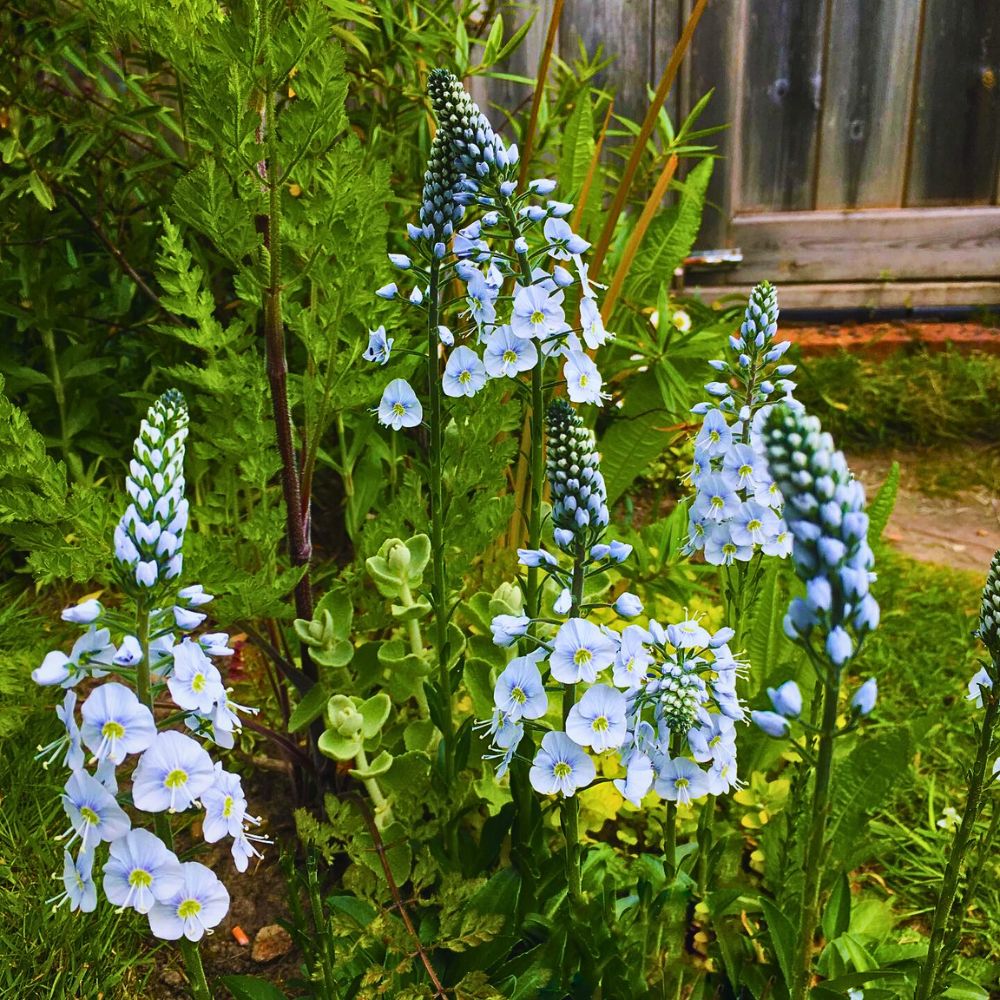

Growing the Veronica Speedwell
Cultivation of Veronica is stress-free; thus, it is an ideal choice for gardeners seeking maximum visual impact with minimal intervention. Although these hardy perennials show great adaptability to various soil conditions, they perform best in well-draining soil that doesn't become waterlogged during the winter months. Most species show a preference for neutral to slightly limy conditions, though they will tolerate a range of pH levels without complaint.
Their sunlight requirements vary among species, but the majority of garden-worthy Veronicas thrive in full sun locations where they receive at least six hours of direct sunlight daily. This exposure promotes the strongest flowering and also helps maintain compact, sturdy growth that resists flopping or becoming leggy. Some woodland species, however, appreciate partial shade and can provide valuable color in areas where many other perennials struggle.

Veronica plants' establishment requires attention to proper spacing. Overcrowding can lead to poor air circulation and increased susceptibility to fungal issues. Most upright varieties do well in spacing of 12 to 18 inches apart, allowing each plant to develop its natural form while creating a cohesive mass effect when planted in groups. Their water requirements remain moderate once established, as most species show drought tolerance.
Seasonal care of Veronicas revolves around a few key practices that ensure continued vigor and abundant flowering. Spring brings the opportunity for division of older clumps, a process that rejuvenates the plants while providing new specimens for cultivation. Just lifting established clumps, dividing them into sections with healthy roots and shoots, and replanting them in amended soil can make a tired planting bounce back with a renewed display of color. Also noteworthy is that Veronica offers the advantage of being non-toxic to cats. Many varieties lack harmful compounds like calcium oxalate crystals.
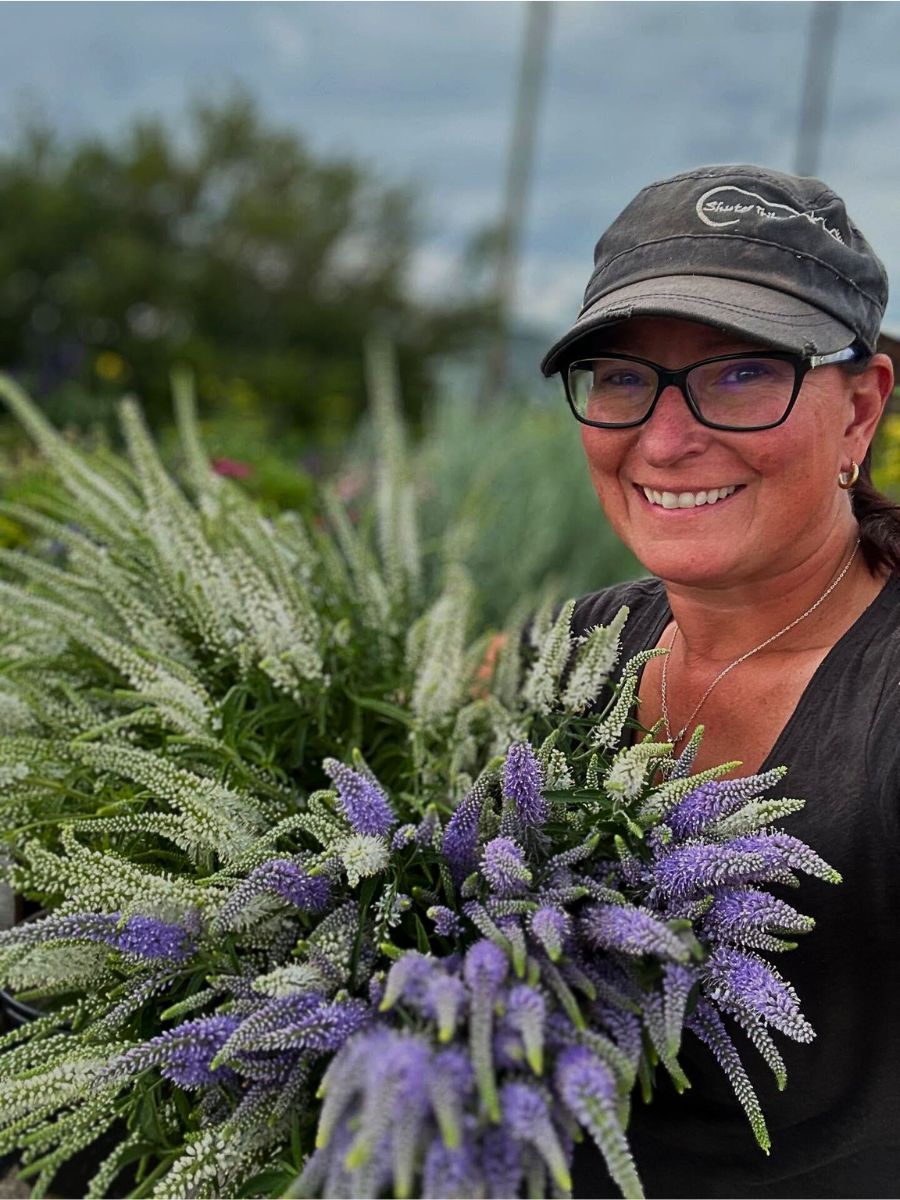
The Seasons of Speedwell
Knowing the seasonal rhythm of Veronica plants allows growers and gardeners to maximize their ornamental impact throughout the growing year. Spring emergence begins with fresh green growth that quickly develops into attractive foliage mounds, even before the first flower spikes appear. This early-season structure provides an essential framework in the developing garden, creating visual anchors around which other plants can be composed.
The flowering season varies among species, with some early varieties beginning their display in late spring while others reserve their show for midsummer heat. This extended season of interest makes it possible to create succession plantings that provide continuous color from May through September. The spent flower spikes, if left uncut, often develop attractive seed heads that provide winter interest and food for birds, though deadheading during the growing season encourages additional flowering and maintains the plant's appearance.
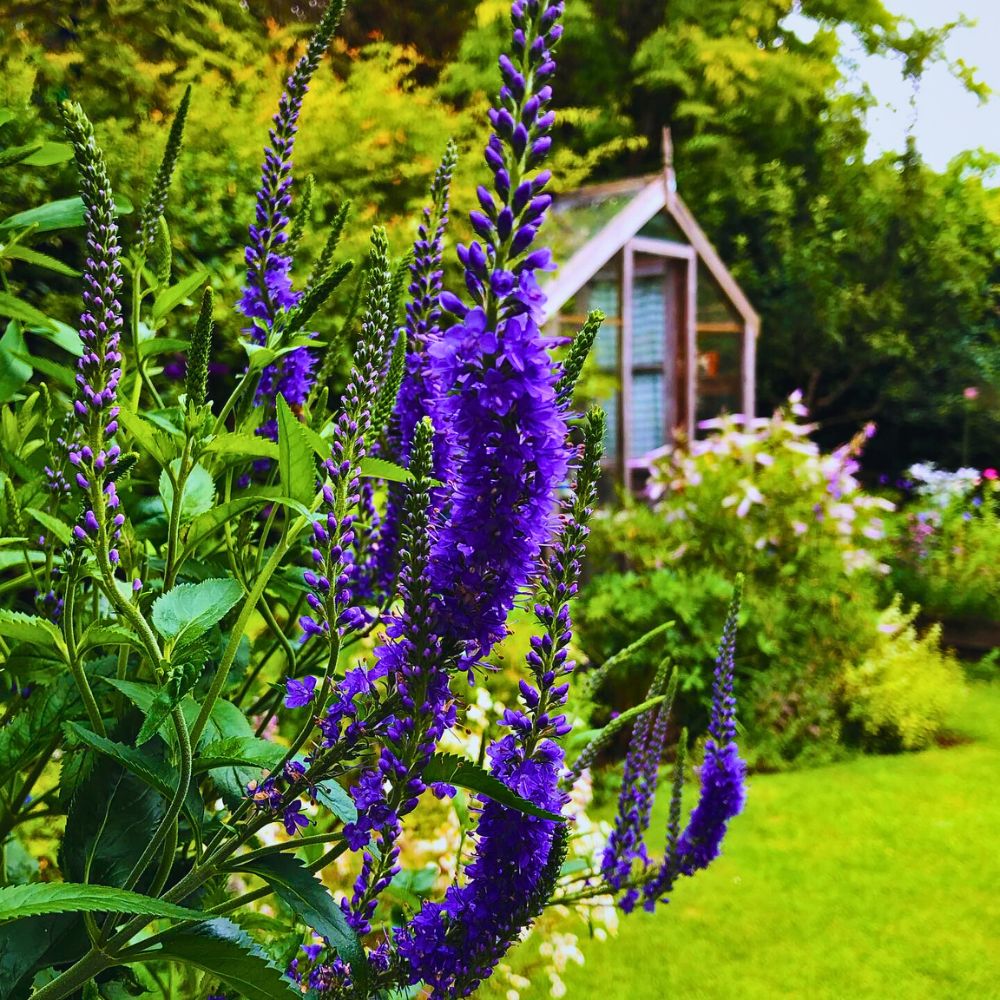

Autumn comes with its surprises. Many Veronica species develop attractive fall foliage colors before retreating underground for winter dormancy. The sturdy nature of these plants means that cleanup can be delayed until spring, allowing the skeletal remains to provide structure in the winter garden while offering shelter for beneficial insects.
Veronica Flower’s Garden Design, and Other Applications
In gardening, Veronica plants perform many roles with distinctive grace. Their vertical flower spikes provide excellent contrast to mounded or spreading perennials, creating dynamic garden designs that show structural diversity. The spiky plants work beautifully in traditional cottage garden settings. In more contemporary landscapes, their clean lines and reliable performance make them valuable components of minimalist planting schemes.
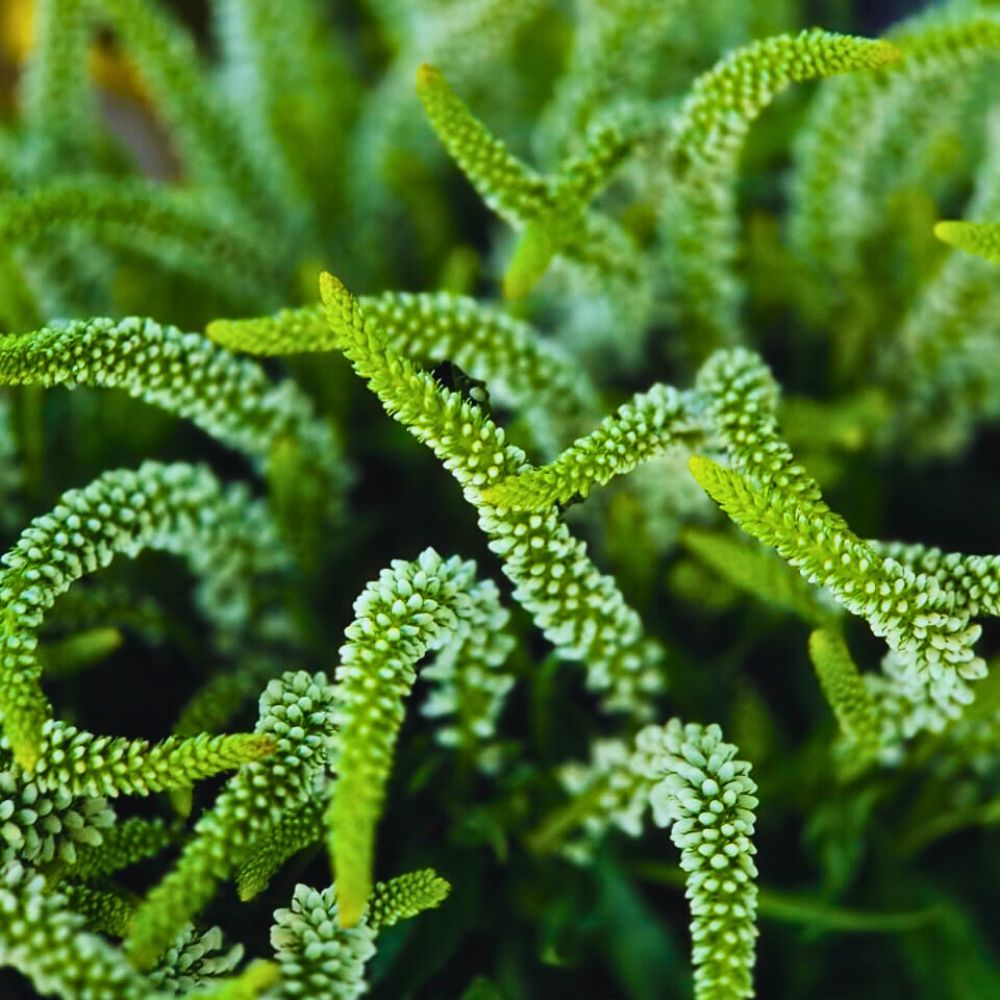
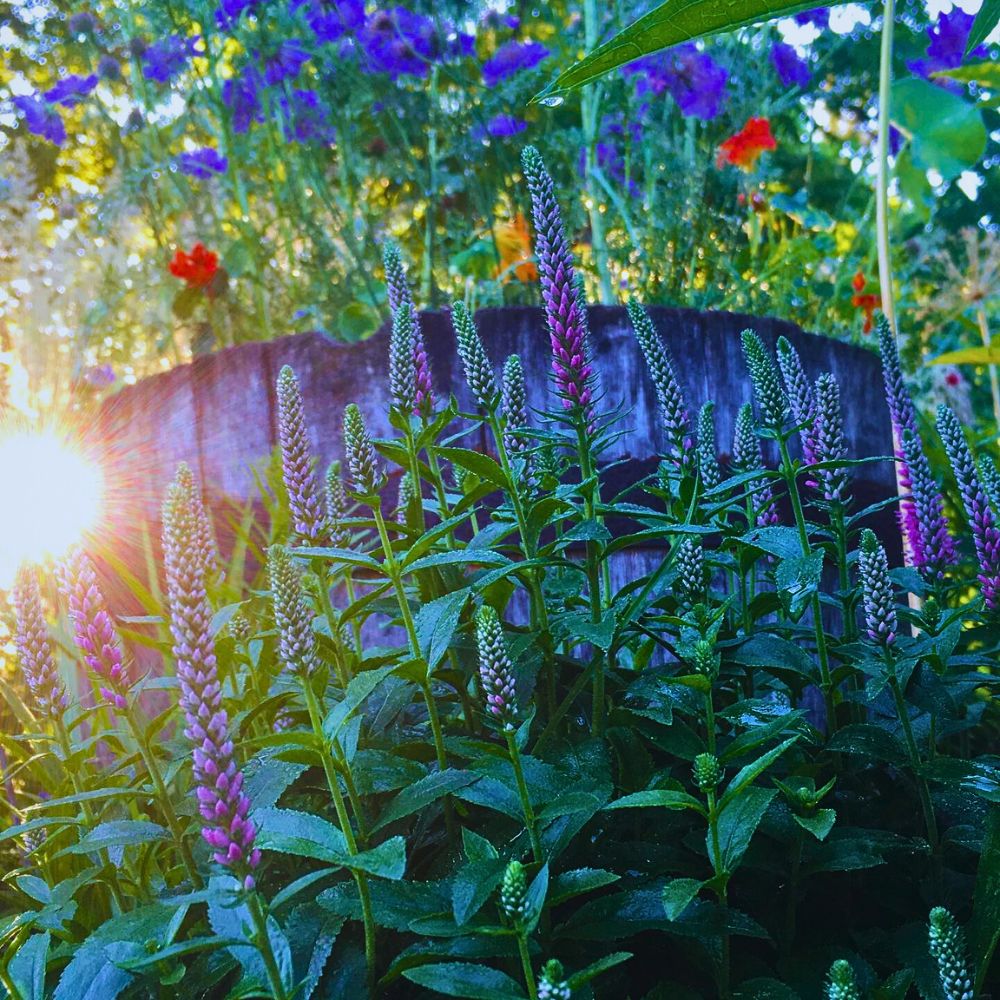
Mass plantings of Veronica also create stunning drifts of color that can unify large garden spaces while providing habitat for beneficial insects. Bees and butterflies, in particular, find the nectar-rich flowers attractive. This makes the speedwell an excellent component of pollinator gardens. The prolonged flowering season also ensures a consistent food source throughout much of the growing year, supporting local ecosystems while providing visual delight. Quite a versatile, yet unassuming flower, we have here!
Read also about Veronica as a cut flower in the article 'Experience the True Charm of Cut Veronica Flowers in Floral Design'.
Feature image by @snapdragon_jules. Header image by David J. Stang.

